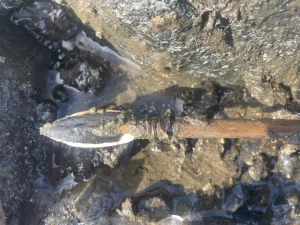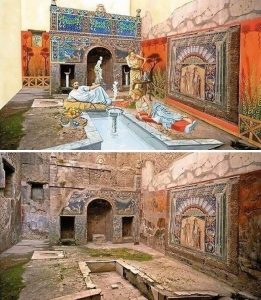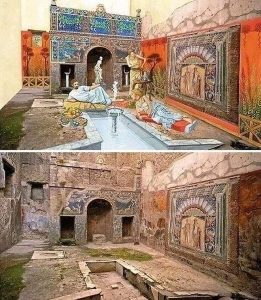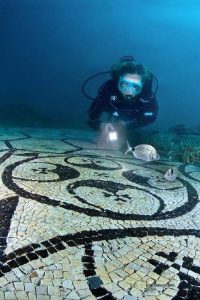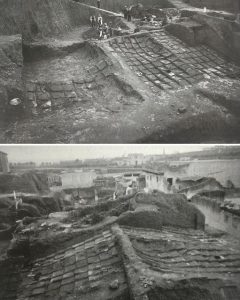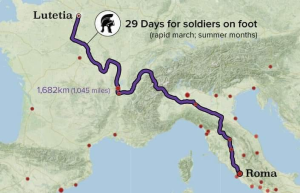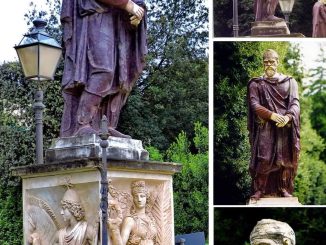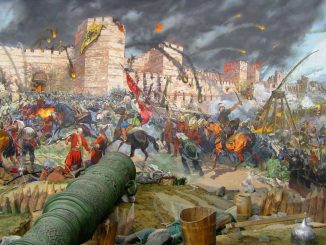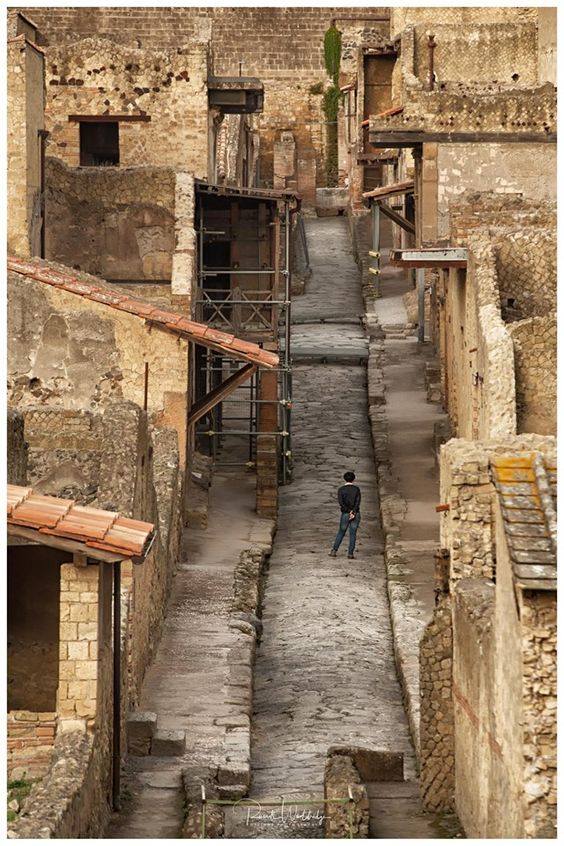
Nestled along the picturesque Bay of Naples lies the ancient city of Herculaneum, a remarkable archaeological site that offers a glimpse into life in the Roman Empire. Often overshadowed by its more famous neighbor, Pompeii, Herculaneum boasts its own unique charm and historical significance. In this blog post, we embark on a journey to uncover the ruins of Herculaneum, exploring its well-preserved streets, majestic villas, and poignant artifacts that paint a vivid picture of life in antiquity.
1. A Tale of Tragedy and Preservation Like Pompeii, Herculaneum met a tragic fate when Mount Vesuvius erupted in 79 AD, burying the city under a thick layer of volcanic ash and rock. However, unlike Pompeii, which was engulfed by a pyroclastic flow, Herculaneum was buried more gradually, resulting in better preservation of its buildings, frescoes, and artifacts. The unique preservation conditions at Herculaneum have provided archaeologists with invaluable insights into Roman urban life and architecture.
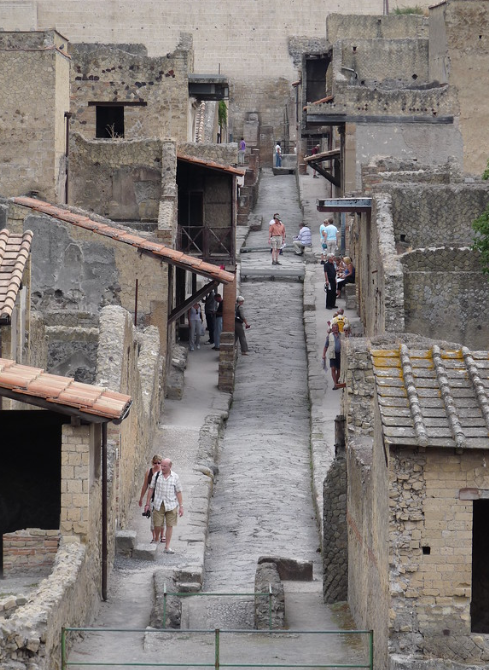
2. Architectural Marvels and Urban Layout As we wander through the streets of Herculaneum, we encounter a well-planned urban layout characterized by narrow, winding roads lined with rows of shops, taverns, and public buildings. The city’s affluent residents resided in elegant villas adorned with colorful frescoes, intricate mosaics, and opulent furnishings. One of the most striking features of Herculaneum is the Villa of the Papyri, a luxurious complex believed to have belonged to the Roman statesman Lucius Calpurnius Piso Caesoninus, containing a vast collection of ancient scrolls.
3. Daily Life in Ancient Herculaneum The ruins of Herculaneum offer a window into the daily lives of its inhabitants, revealing a bustling cosmopolitan center teeming with activity. Archaeological excavations have uncovered evidence of vibrant social, economic, and cultural interactions, from the bustling forum where citizens gathered for public events to the intimate domestic spaces where families lived and worked. Through the discovery of household items, food remains, and personal belongings, archaeologists have pieced together a nuanced understanding of ancient Roman society.
4. The Significance of Archaeology in Preserving the Past The excavation and preservation efforts at Herculaneum underscore the importance of archaeology in safeguarding our cultural heritage. Through meticulous excavation, documentation, and conservation, archaeologists strive to protect and interpret the ruins of Herculaneum for future generations. These efforts not only enrich our understanding of ancient history but also contribute to broader discussions about urban planning, social dynamics, and the impact of natural disasters on human civilizations.
In conclusion, the ruins of Herculaneum stand as a testament to the enduring power of the past and the resilience of human civilization in the face of adversity. As we marvel at the well-preserved streets, buildings, and artifacts of this ancient city, we are reminded of the fragility of life and the importance of cherishing our cultural heritage. Through archaeology, we continue to unlock the mysteries of Herculaneum, shedding light on the lives of its inhabitants and the vibrant society they once called home.
